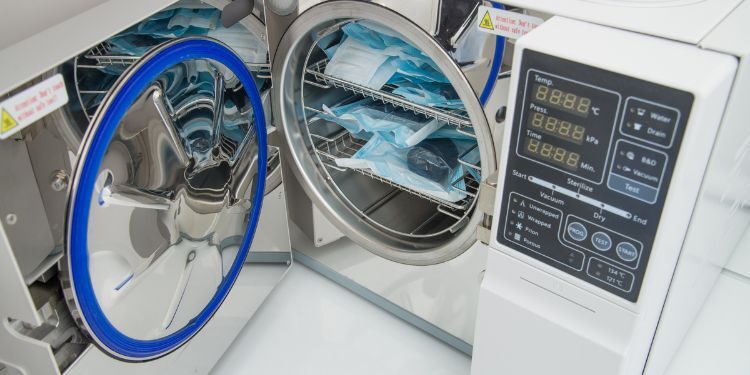There is no underestimating the importance of sterilizing medical devices. Ensuring instruments are free from harmful microorganisms is a critical step in maintaining patient safety and preventing the spread of infections in clinical settings. We will explore how medical devices are properly sterilized as well as the methods commonly employed and the innovations reshaping this vital aspect of healthcare.
Why Sterilization Matters
Sterilization directly impacts patient outcomes. Any compromised step in the process can lead to dire consequences. The implications of faulty or incomplete sterilization procedures are far-reaching, affecting patients, healthcare professionals, and the reputation of healthcare institutions. By understanding the intricacies of sterilization methods, best practices, and regulatory standards, professionals can implement sterilization protocols that protect the safety of everyone involved.
Commonly Used Sterilization Methods
Trust is the foundation of patient care, and medical professionals must protect it with high standards of hygiene and safety protocols. This means adopting effective sterilization techniques that offer unique advantages and a varying degree of sterilization efficacy.
Heat, chemical, and radiation-based methods are among the most prevalent. Steam autoclaving is widely considered the gold standard for instrument sterilization due to its reliability and scalability.
Sterilization Best Practices
Sterilization best practices evolve with advancements in technology and medicine. They involve the selection of a suitable sterilization technique and encompass the correct use of sterilization equipment and cleaning agents for medical device decontamination. Healthcare professionals must have training in handling sterilized items to avoid contamination post-sterilization. This process demands attention to detail at every step.
Regulatory Standards
Medical devices are properly sterilized in accordance with a series of strict industry guidelines. US government agencies, such as the Food and Drug Administration (FDA), set stringent regulations to safeguard public health. Compliance with these rules is mandatory and demands that medical device manufacturers and healthcare facilities stay up-to-date with the latest changes.
The Future of Sterilization
The future of medical device sterilization promises innovation driven by a dual focus on safety and efficiency. Technology is giving rise to new sterilization methods, such as hydrogen peroxide gas plasma and other low-temperature sterilization techniques, which are effective for heat-sensitive devices. These advancements are promising for the healthcare industry; they create options for sterilization that were once not possible and increase the versatility and utility of these processes.
The sterilization of medical devices is at the core of patient care and safety. Through an unwavering commitment to best practices and adherence to regulatory standards, professionals in the healthcare industry can continue to set the bar high in preventing infections and upholding patient care.















